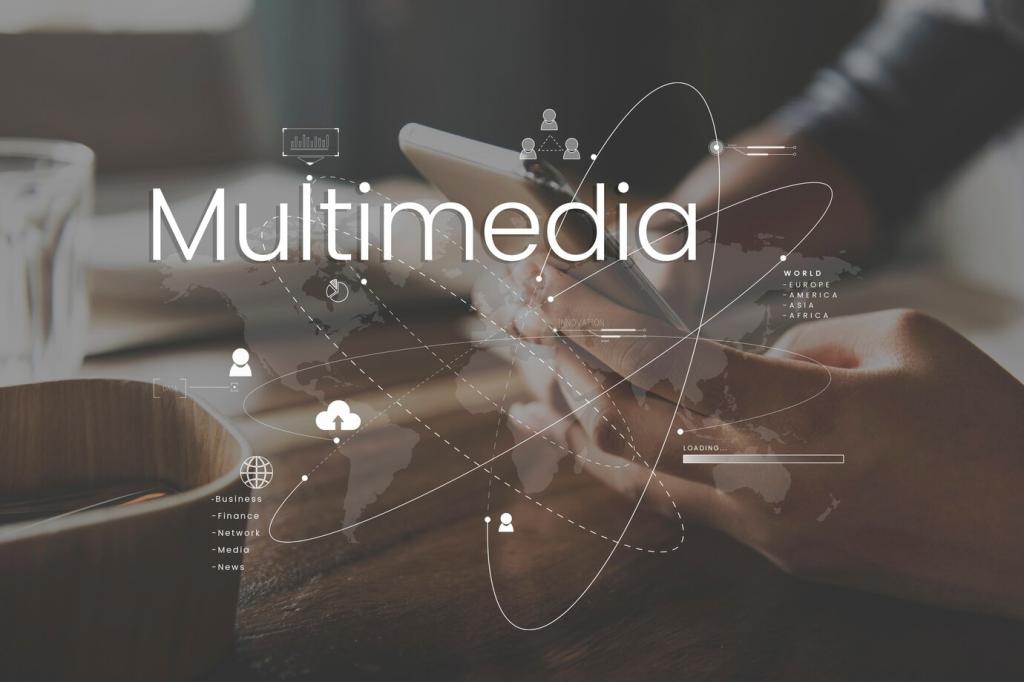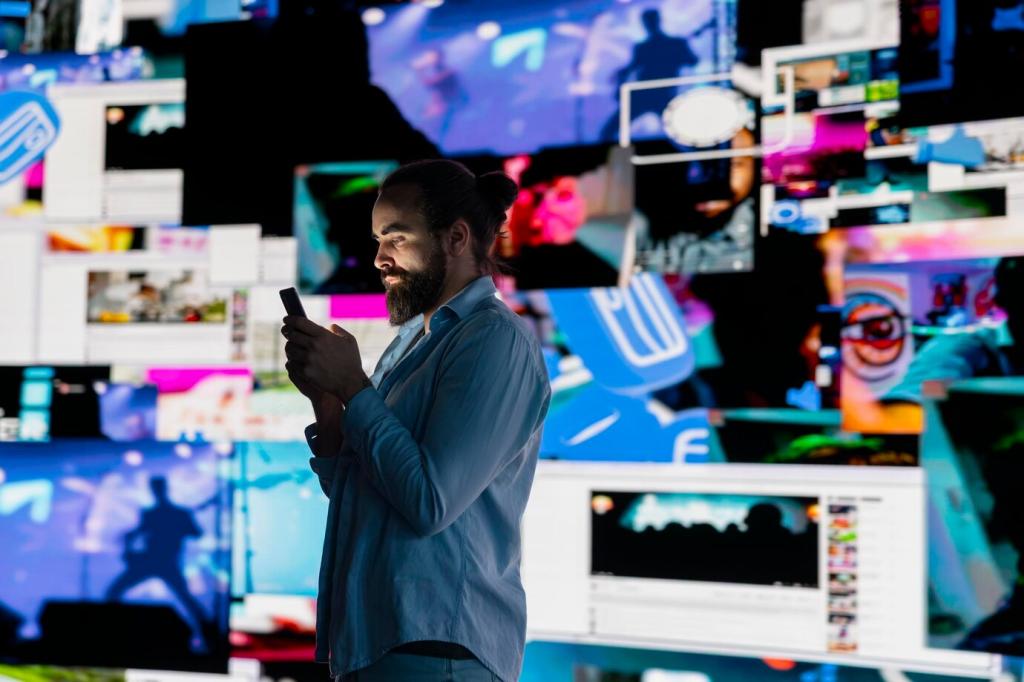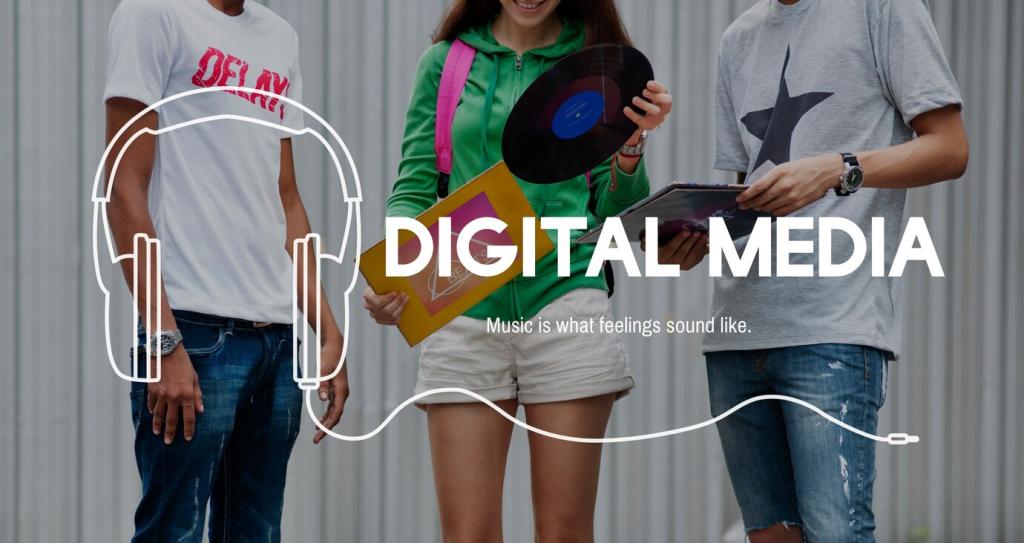
The Decline of Traditional Broadcast Journalism
A friendly, clear-eyed exploration of how traditional broadcast journalism is losing its footing—and what that means for the way we discover, trust, and share the news. Join the conversation, subscribe for weekly insights, and help chart a smarter path forward.
From Appointment Viewing to Infinite Feeds
Once, families arranged evenings around a 6 p.m. bulletin. Now, swipes replace schedules. Push alerts, newsletters, and creator updates compete with anchors, turning the news into a rolling, personalized stream that rarely aligns with a broadcast clock.


From Appointment Viewing to Infinite Feeds
Viewers are commuters, scrolls are channels, and silence-friendly captions replace TV soundtracks. The living room lost its monopoly on attention, and with it the predictable audience that broadcast sales teams once promised to advertisers with reassuring certainty.
Economics: When Ad Dollars Leave the Tower
Car dealerships, restaurants, and classifieds once filled commercial breaks. Today they follow audience data, not channels. Programmatic buys offer precision and attribution, squeezing CPMs and eroding the ad base that kept local newsrooms staffed and ambitious.
Economics: When Ad Dollars Leave the Tower
ENG vans, master control rooms, and unionized crews are vital but costly. Digital publishers stream with backpacks and phones. The imbalance is stark: legacy costs climb while ad yields fall, creating a squeeze that shortens shows, trims beats, and stalls innovation.




Technology Upends the Truck
OTT channels spin up instantly, while platforms prioritize live tiles and alerts. Viewers expect continuous context, not a recap. The classic top-of-show montage feels quaint when a push notification has already told the story before the open rolls.
Technology Upends the Truck
Bonded cellular kits outrun the satellite truck’s slow choreography. A reporter can go live from a courthouse step in minutes, beating the 5 p.m. rundown. As speed wins, production gloss gives way to authenticity, and the old aesthetic loses its authority.
Trust Erosion and the Fragmented Public Square
A single misstep loops endlessly. Corrections rarely travel as far as the mistake. The aura of infallibility that once surrounded studio desks now meets quote-tweets, duets, and comment threads dissecting every eyebrow raise and editing choice.
Trust Erosion and the Fragmented Public Square
When audiences assemble by ideology, straight packages feel suspiciously bland or biased. Broadcast’s appeal to wide tents feels improbable, and middle-path journalism loses distribution to the algorithm’s powerful gravitational pull toward outrage and affirmation.


Nonprofit and member-supported models grow
Foundations seed investigative desks. Neighborhood memberships fund beat reporters. When ratings no longer underwrite accountability, communities step in—and that support can insulate coverage from sensationalism and the tyranny of minute-by-minute metrics.
Collaborations replace lone-wolf competition
Universities, indie newsletters, and public radio share data, FOIAs, and airtime. A tornado series that once lived on one channel now becomes a multi-platform service project. If you want this in your town, sign up for local alerts and share your needs.
Service journalism as civic infrastructure
School closures, boil-water notices, election guides—useful reporting wins loyalty. Stations that map bus detours and translate policy into checklists often see engagement spike. Tell us which practical guides you need; your messages shape our next pieces.

Watching Smarter in a Post-Broadcast Era
Mix daily headlines with slower, explanatory formats. Pair a local outlet with a national paper and a trusted newsletter. Set time-boxed check-ins. If this guide helps, subscribe and share it with a friend who wants less chaos and more clarity.

